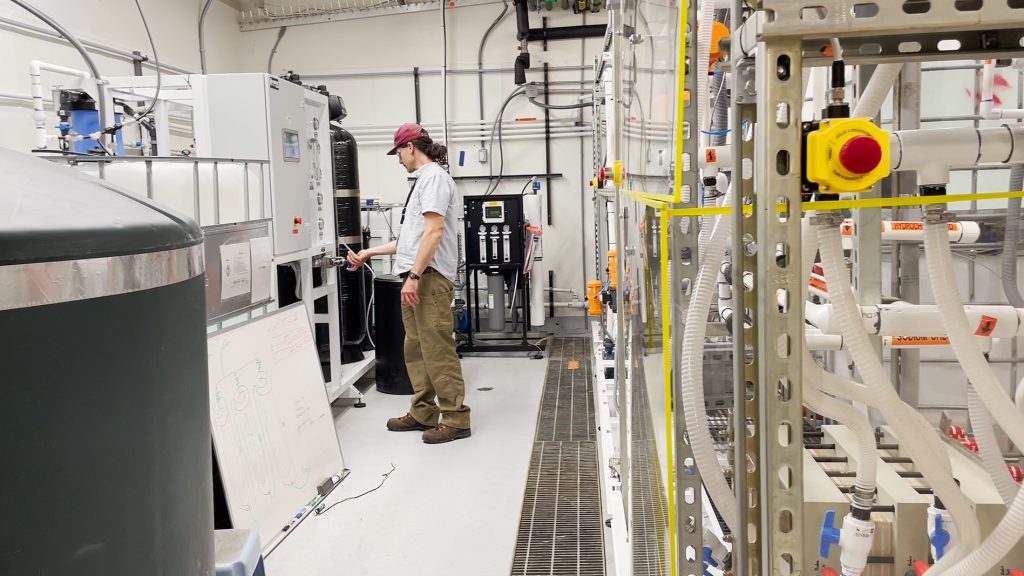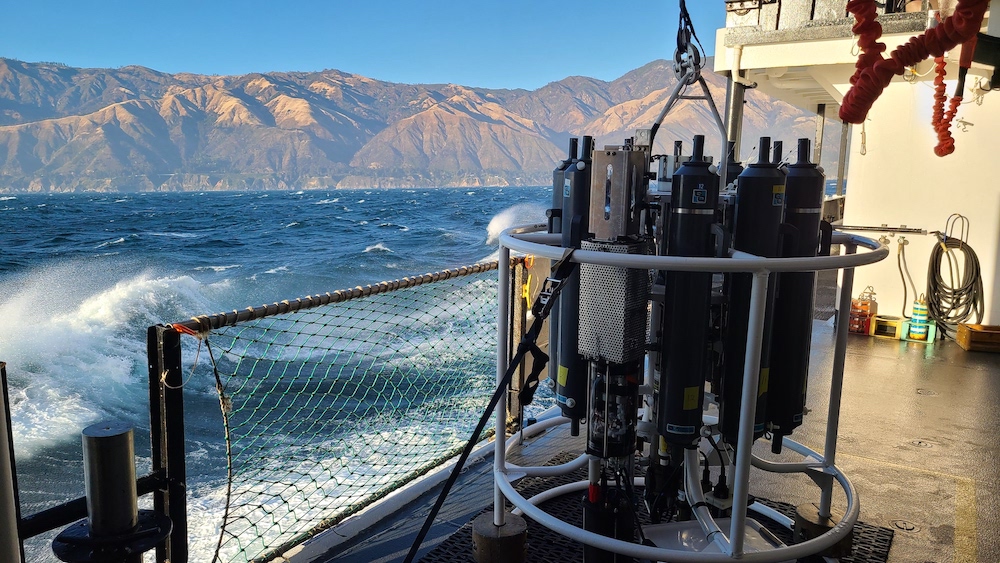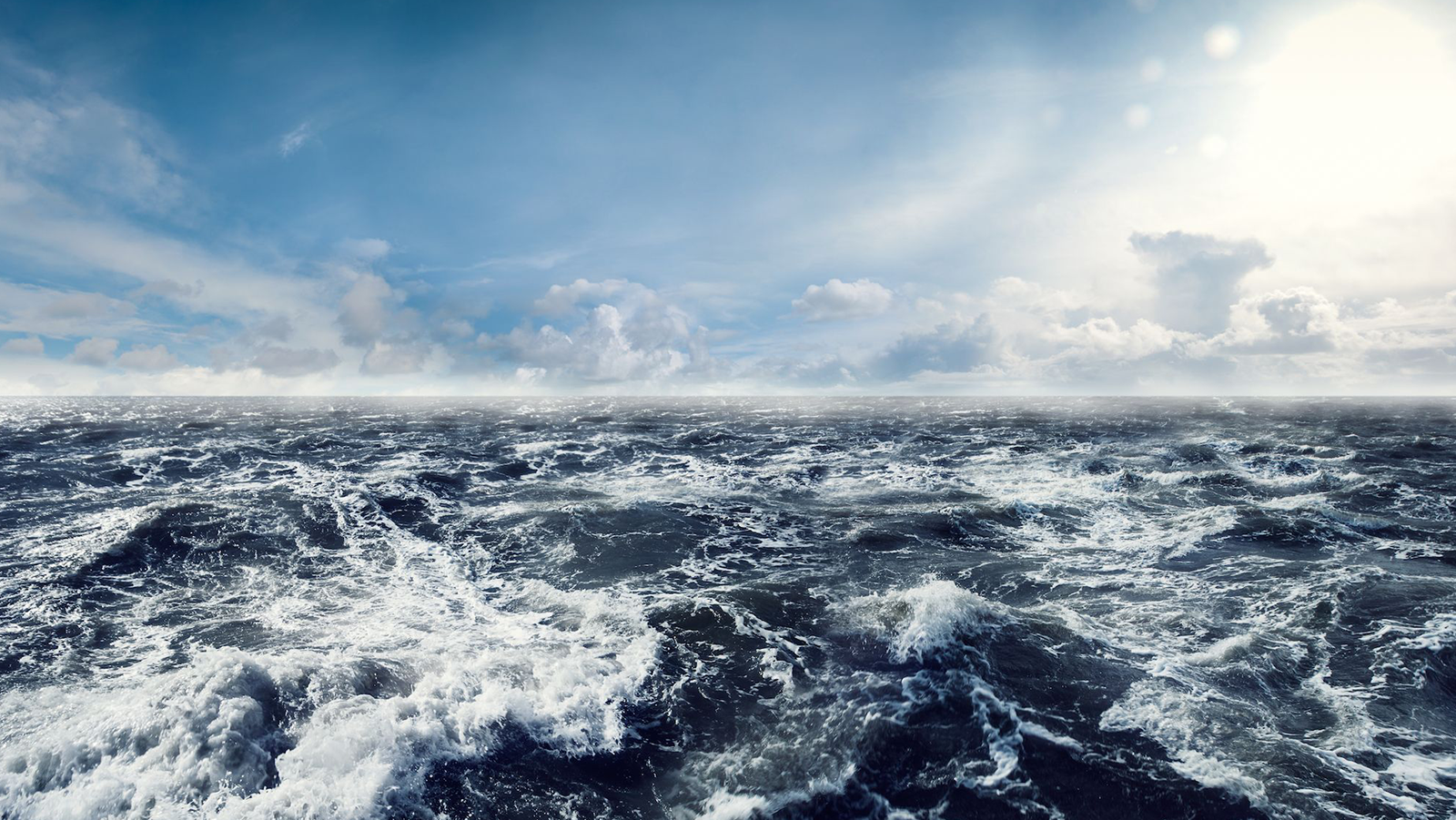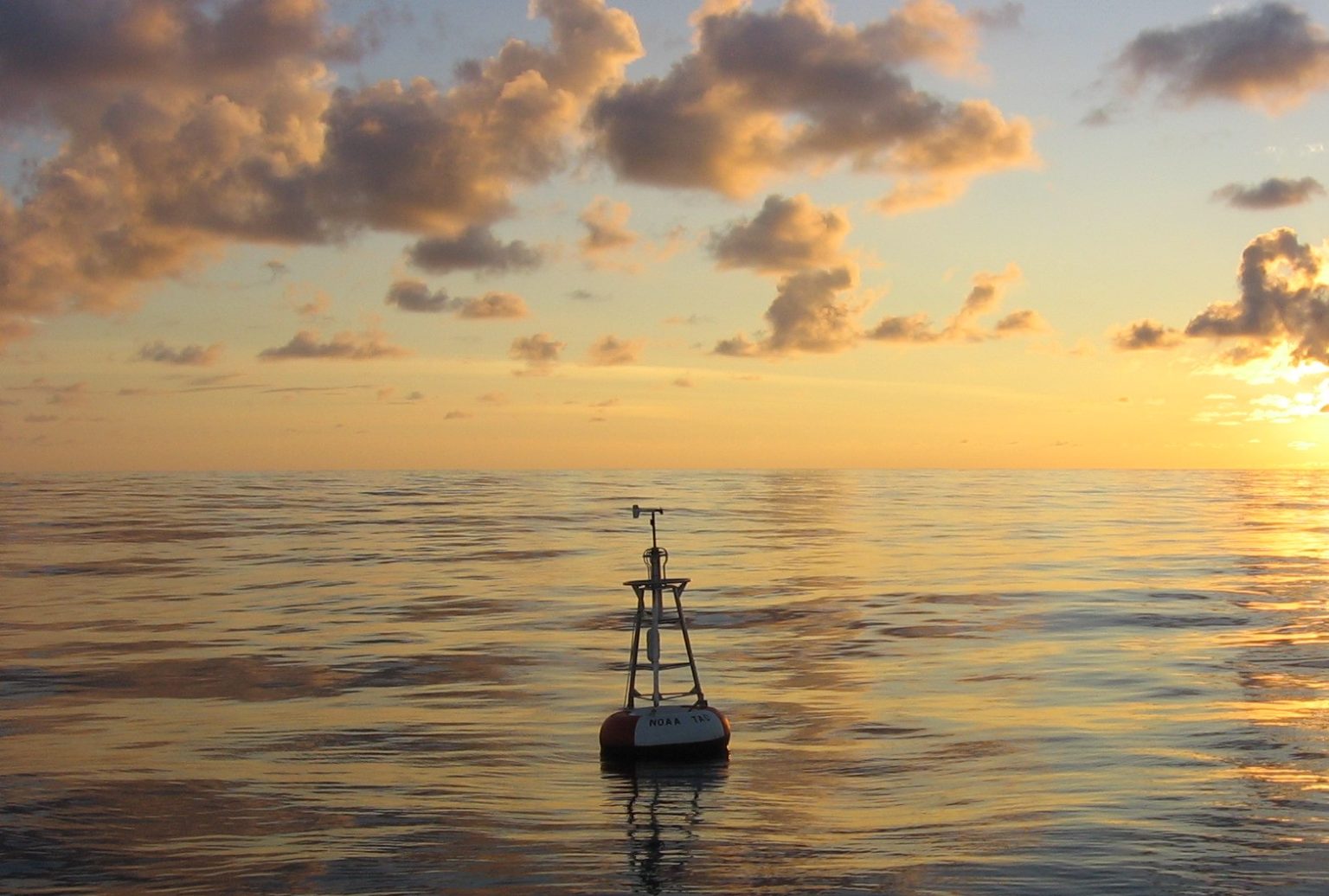A new system has begun removing acid from seawater at the U.S. Department of Energy’s Pacific Northwest National Laboratory (PNNL) facility in Sequim, Washington, allowing seawater to take up and store carbon dioxide (CO2) from the atmosphere. The system – which is about the size of a shipping container – represents an important step in research about ways to mitigate climate change and ocean acidification.
The technology behind the carbon dioxide removal system was developed by start-up company Ebb Carbon, which is partnering with PNNL, NOAA’s Pacific Marine Environmental Laboratory, the NOAA Cooperative Institute for Climate, Ocean and Ecosystem Studies (CICOES) and the Salish Sea Modeling Center, both at the University of Washington. Funding was provided by NOAA’s Ocean Acidification Program, the National Oceanographic Partnerships Program, as well as the U.S. Department of Energy’s Water Power Technologies Office (WPTO), and the ClimateWorks Foundation.
“We hope Ebb Carbon’s technology could help remove carbon dioxide from the atmosphere as well as ease ocean acidification locally,” said Brendan Carter, a University of Washington research scientist working with NOAA’s Pacific Marine Environmental Laboratory on seawater carbon chemistry. “We are excited to test the method at the PNNL facility.”
Marine carbon dioxide removal aims to increase the role that the ocean already plays in removing carbon dioxide from the atmosphere. It is now considered an essential approach to limiting global warming to 1.5° Celsius by the Intergovernmental Panel on Climate Change.
Despite the ocean’s large potential for carbon removal, many questions remain for marine carbon dioxide removal research.
“The knowledge gained from this research will inform decision makers and stakeholders regarding potential future approaches to marine carbon dioxide removal in our oceans and lakes,” said Dwight Gledhill, acting director for the NOAA Ocean Acidification Program. “We will need many mitigation tools to build a climate-ready future.”
NOAA released its Carbon Dioxide Removal Strategy in June of 2023. The strategy does not endorse any specific technique. Rather, it outlines NOAA’s potential research contributions in four key areas to understand the feasibility and impacts of carbon dioxide removal techniques: observing networks, modeling, scaling and projections of carbon dioxide removal pathways, environmental impacts, and decision support.
Ebb’s system processes seawater that is pumped into PNNL-Sequim’s marine lab from Sequim Bay. The seawater passes through a series of membranes, which act like a filter, removing acid from the water. Once the acid is removed, the seawater can absorb additional carbon dioxide from the air and store it as bicarbonate in the water. Bicarbonate is a durable and naturally abundant form of carbon storage in the ocean.
Before returning to the ocean, the seawater treated by the new system will be held in open air tanks to facilitate research, experimentation and simulation to document the impacts of the process on carbon dioxide sequestration, ocean deacidification, and local biology. The treated seawater will return to the ocean through PNNL’s existing wastewater system in accordance with existing permits. The research team is also evaluating the potential to power the Ebb system using marine energy including energy from ocean waves, tides, currents, as well as salinity, thermal and pressure gradients.
The low-carbon acid that the system produces can be used to neutralize alkaline wastewater locally. Ebb is in discussions with local sand and gravel operations who can use the acid to neutralize alkaline stormwater.
Ebb’s technology is designed to speed up a natural process that restores ocean chemistry by neutralizing excess acidity. This increased acidity is the direct result of human-generated CO2 emissions over the last 200 years, and threatens marine ecosystems. The new process enables seawater to draw down atmospheric carbon dioxide by converting it to bicarbonate – the ocean’s natural storage solution for carbon dioxide – without adding additional acidity. At scale, the new technology can play a role in removing already-emitted carbon dioxide from Earth’s atmosphere – an estimated 6-10 billion tons of which will need to be removed each year until 2050 in order to meet climate targets (in addition to large-scale decarbonization efforts).
“Although rising temperatures are harming oceans, oceans are a powerful ally in combating climate change,” said Jan Mazurek, senior director of Carbon Dioxide Removal, ClimateWorks Foundation. “ClimateWorks is pleased to join federal partners and the University of Washington to ensure that emerging marine carbon dioxide removal approaches are safe to marine life, coastal communities, and Indigenous peoples, and help foster conditions for ongoing innovation that creates new clean energy jobs.”



